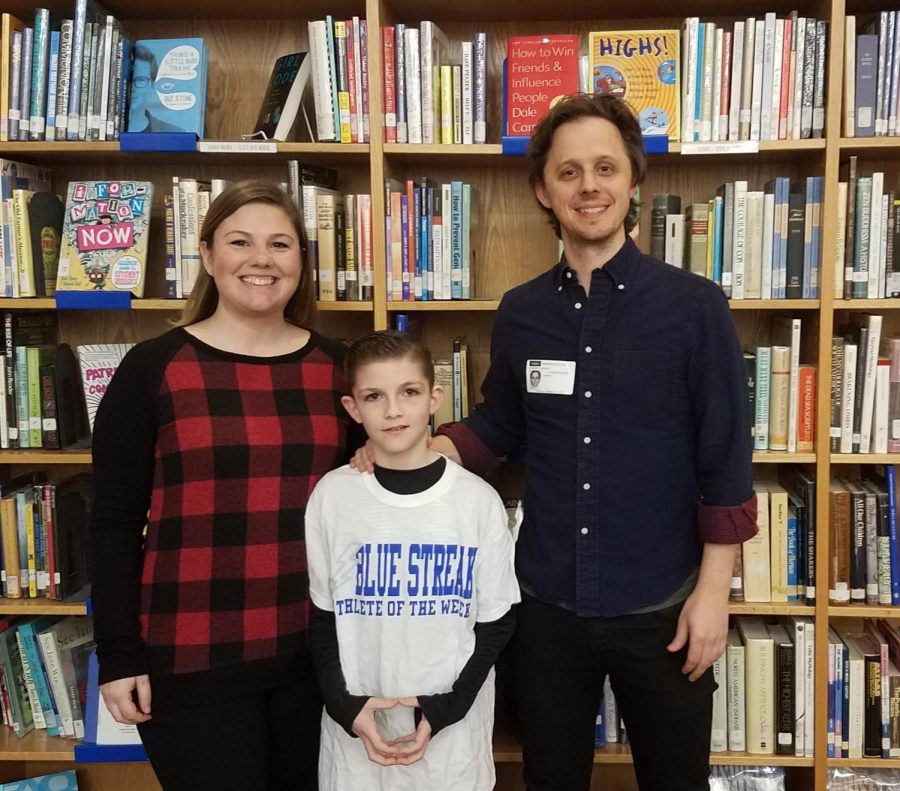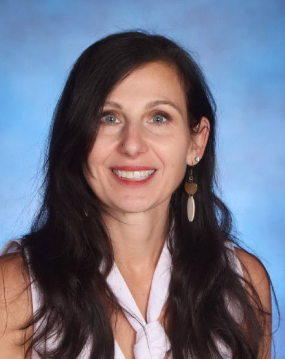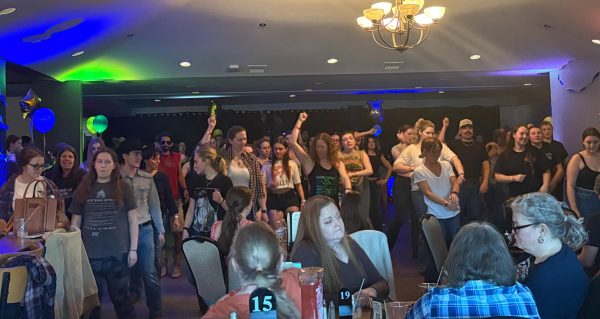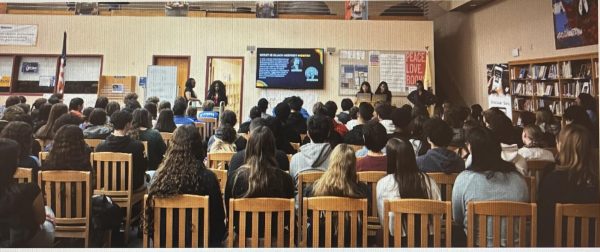Netflix Features Local Boy
Ten-year-old Washington resident Jackson Higgins was recently featured in a Netflix series, “Unnatural Selection,” after undergoing revolutionary gene therapy treatment for his genetic eye disorder.
Jackson Higgins, his mother, Mary Ann Higgins, and Netflix filmmaker Joe Egender delivered a library showcase on Jackson’s feature appearance in the Netflix series in late February. Jackson’s mother, Mary Ann Higgins, works as a Paraprofessional at Hills.
“Science fiction science,” as the series puts it, describes the editing made to the human genome, either with editing technology, or adding an absent gene for medical procedures, as in Jackson’s case.
“We wanted to take viewers on a journey in an effort to bring these discussions out of the labs and into people’s living rooms,” said Egender, on his series and the segment that followed Jackson’s journey for two years.
Jackson Higgins was diagnosed with Leber Congenital Amaurosis (LCA), which causes severe vision loss at birth. His family noticed when he was about four months old that he was only looking at lights. Doctors originally speculated
Jackson was on the autism spectrum, but Mary Ann, working for an eye doctor at the time, knew, as a mom, that that diagnosis didn’t feel right.
It took many years and specialists to determine his diagnosis, and many denials by insurance for genetic testing.
The family did not find out it was the specific LCA-RPE65 gene affected, the only type of LCA that is treatable, until after genetic testing. In December of 2017, the treatment Jackson would end up receiving was approved unanimously by the FDA.
The procedure involves major surgery which detaches the retina, with the goal of returning full sight beyond blurry, mostly dark vision. But with this procedure and medicine, there were risks involved, such as permanent loss of what little vision he had.
Mary Ann Higgins said she called her mother while making this intense decision.
“You never stop needing your mom, and she said, ‘If you don’t do this, you’re gonna regret it,’” Higgins said. “It was definitely very scary because you want to make sure you make the right decision as a parent, whatever way you decide.”
Egender approached the family after they shared a viral video on Facebook delivering the news to Jackson that he had the treatable type of LCA.
“I got a Facebook message one day and I was sitting [in school], ‘Someone from Netflix wants to come see us?’” Higgins said. “It just didn’t seem real, then I called Egender after school that day and we had a pretty good conversation. He was legit. The whole process was so fun.”
Mary Ann cites Jackson’s freedom to be a typical little boy as what made the gene therapy treatment worth it, after a childhood of braille and walking with a cane.
“He would be eating a bowl of ice cream and looking up, just feeling where it was,” she said. “A week or two after surgery, he was looking down and could scoop it. It’s such simple things that we don’t think about, but for him it was a major difference.”
Egender said Jackson’s bravery and resilience far surpassed expectations.
“Even though clinical trials were showing great success with this gene therapy,” Egender said, “I don’t think any of us anticipated he would be driving a go-kart in the time period we were filming.”
When asked what surprised him the most about having full sight, Jackson enthusiastically decided on the aquarium his family visited soon after his procedure, as seen in the series.
“I’ve seen those fish, but I’ve never seen them,” he said. “When I saw them, I was like, ‘What was I missing this whole entire time?’”





